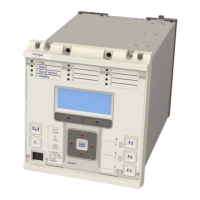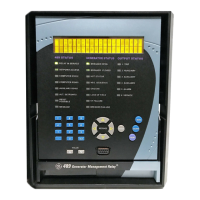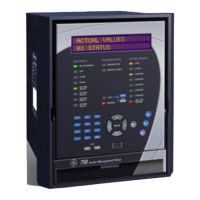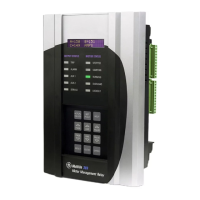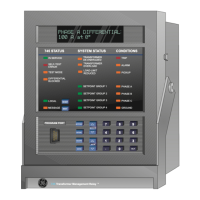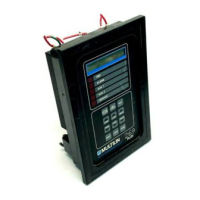Figure 236: Default function key PSL 431
Figure 237: Remote Control of Circuit Breaker 432
Figure 238: CB1 Control Logic (Module 43) 433
Figure 239: CB2 Control Logic (Module 44) 434
Figure 240: Pole Dead logic 435
Figure 241: Check Synchronisation vector diagram 438
Figure 242: Voltage Monitor for CB Closure (Module 59) 439
Figure 243: Check Synchronisation Monitor for CB1 closure (Module 60) 440
Figure 244: Check Synchronisation Monitor for CB2 closure (Module 61) 441
Figure 245: System Check PSL 442
Figure 246: VTS logic 450
Figure 247: Standard CTS 453
Figure 248: TCS Scheme 1 454
Figure 249: PSL for TCS Scheme 1 455
Figure 250: TCS Scheme 2 455
Figure 251: PSL for TCS Scheme 2 456
Figure 252: TCS Scheme 3 456
Figure 253: PSL for TCS Scheme 3 457
Figure 254: Scheme Logic Interfaces 463
Figure 255: Trip LED logic 467
Figure 256: Fibre Teleprotection connections for a three-terminal Scheme 479
Figure 257: Interfacing to PCM multiplexers 483
Figure 258: IM64 channel fail and scheme fail logic 485
Figure 259: IM64 general alarm signals logic 485
Figure 260: IM64 communications mode and IEEE C37.94 alarm signals 486
Figure 261: IM64 two-terminal scheme extended supervision 488
Figure 262: IM64 three-terminal scheme extended supervision 488
Figure 263: Example assignment of InterMiCOM signals within the PSL 498
Figure 264: Direct connection 499
Figure 265: Indirect connection using modems 499
Figure 266: RS485 biasing circuit 508
Figure 267: Remote communication using K-Bus 509
Figure 268: IED attached to separate LANs 512
Figure 269: HSR multicast topology 513
Figure 270: HSR unicast topology 514
Figure 271: HSR application in the substation 515
Figure 272: IED attached to redundant Ethernet star or ring circuit 515
Figure 273: IED, bay computer and Ethernet switch with self healing ring facilities 516
Figure 274: Redundant Ethernet ring architecture with IED, bay computer and Ethernet switches 516
P446SV Table of Figures
P446SV-TM-EN-1 xxix
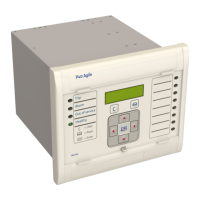
